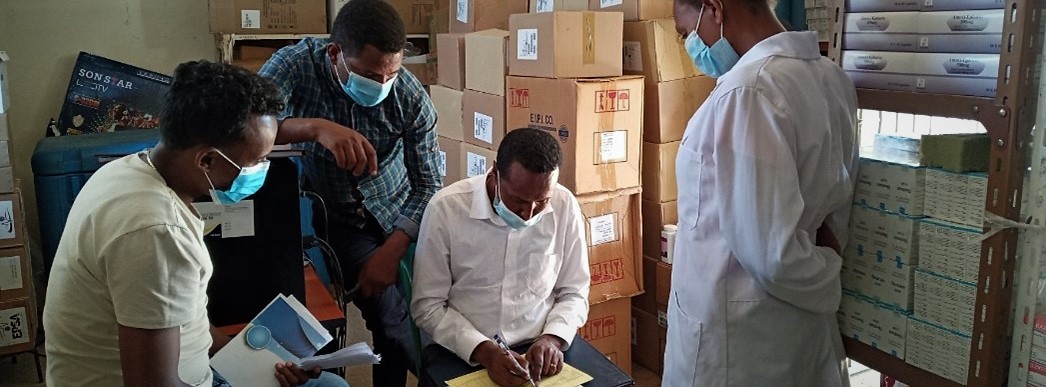Featured Media
Image

Topics:
Related Supply Chain Topics
Related Global Health Areas
Projects:
Lead Paragraph/Summary
When COVID-19 limited both international and local travel, GHSC-PSM adapted its technical support activities to this new reality. Adapting to the context of the COVID-19 pandemic required flexibility, creativity and new and old technologies. In this series of articles from GHSC-PSM, we document how four key technical areas adapted to COVID-19.
- Advanced analytics. The speed at which the COVID pandemic spread also increased the demand for supply chain data insights in USAID-supported countries. Enhancing decision-making for both COVID-response and existing public health programs with powerful new tools has accelerated the appreciation for the open exchange of information.
- Forecasting and supply planning. FASP requires extensive stakeholder engagement, training, data review, negotiations and decision-making. On-line and limited-attendance FASP workshops presented many challenges regarding facilitation, connectivity, time differences and more that our staff faced and overcame. With this article we share many of their creative solutions and lessons learned.
- Workforce development and training. Just as so many of us shifted to working from home, most of our global and country-specific training programs moved to more online platforms. Many challenges and opportunities emerged while shifting to remote and partially remote training to build the supply chain workforce. Despite many advantages, these remote solutions may not become permanent.
- Supportive supervision. During supportive supervision—an essential element of pharmaceutical quality assurance—technical experts visit health facilities to improve public health supply chain performance. Before COVID-19 supportive supervision required close observation on-sight and interaction with facility staff. GHSC-PSM adapted supportive supervision to maintain the safety of project staff, health facility staff and patients by incorporating COVID-19 prevention strategies.
We hope this series will give you ideas for adapting your programs for even greater impact.